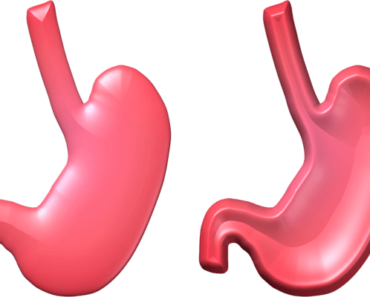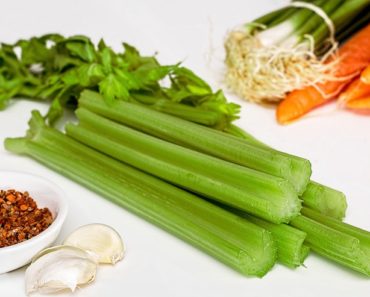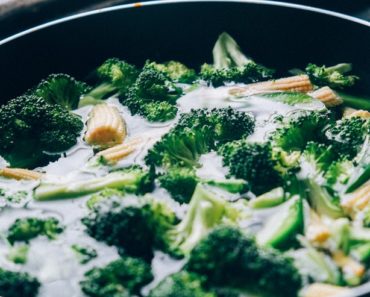

The USDA puts out recommendations for Americans to follow in order to eat healthily. Most of us are familiar with the food pyramid. Since 2011, they have used the “My Plate” graphic to make it easier to people to visualize what to eat.
My Plate

If you imagine an average dinner plate and divide it in quarters, you have the basic concept. Now make the vegetable and grain quarters a bit larger than the protein and fruit quarters. Add dairy on the side.
As you make up each meal, try to keep to those proportions. Next, choose good quality foods to fill each section. Here are some ideas for foods to fill each part of your plate.
Protein
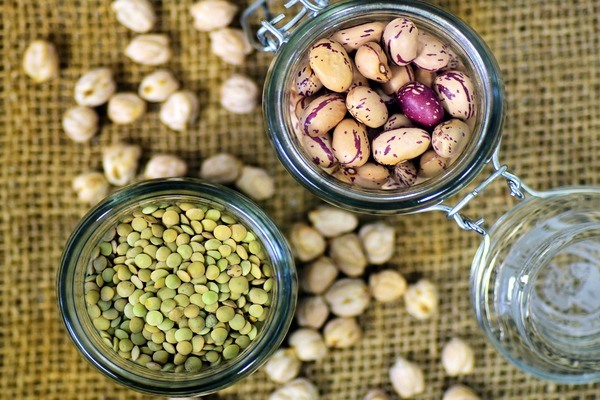
For a normal adult and teens getting normal amounts of exercise, try to eat about an ounce and a half to two ounces of protein a meal. That is between five and six ounces a day.
Protein is vitally important to the body. You need protein to build or repair muscles and bones, make enzymes and hormones, and keep your skin and hair healthy.
Lean meat and chicken and fish are excellent sources of protein. Vegetarians can choose from equally healthy plant-based proteins. Seitan, a wheat gluten product, mimics meat when cooked. Legumes, beans, quinoa, and wild rice are excellent choices as well. They can be made into a huge variety of tasty meals.
Just don’t take a heart-healthy food like salmon and then bread and fry it. That pretty much destroys all the good and replaces it with a lot of unhealthy.
Grains
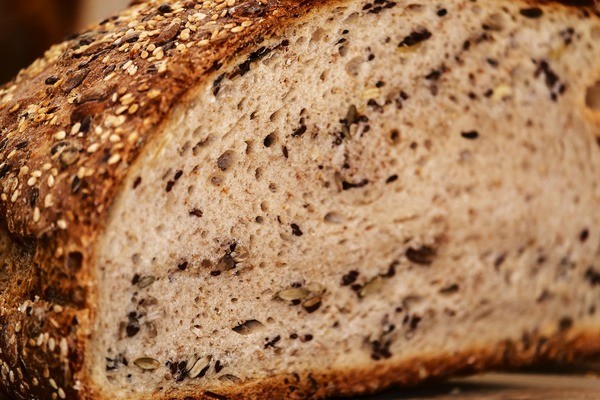
Grains can be a bit controversial. They are 100% carbohydrates and too many carbs are hard on the body and the waist line. However, you can make good choices. Whole grain (not whole wheat), sprouted grains and ancient grains are excellent sources of nutrition.
Choose whole grain bread, pasta, and cereals. Sprouted grains appear to be better for you than non-sprouted grains and easier for those with wheat sensitivities to eat. “Ancient grains” like quinoa, spelt, amaranth, and teff are excellent sources of high quality protein and nutrients. Try for five to eight ounces a day, depending on age and gender.
White flour and white rice really aren’t good for anyone and your body easily converts them to sugar, so make sure you pick the good stuff.
Vegetables

Raw, steamed, or roasted veggies are good for you! They are full of a variety of vitamins, minerals, anti-oxidants, and other important nutrients. Adding veggies in ROY G BIV (red, orange, yellow, green, blue, indigo, and violet) adds both flavor and nutrients. If you don’t remember Roy G Biv, just remember the rainbow!
Toss a salad of leafy greens and a rainbow of veggies. Throw a few nuts and chia seeds on top. Add a low-cal dressing like balsamic vinegar and olive oil and enjoy a bowl of anti-oxidants, fiber, vitamins, and healthy oils. If you like avocados, add some. Eating avocados with salad helps your body to absorb antioxidants more readily.
If you want a protein rich vegetable, consider broccoli, spinach, asparagus, artichokes, and Brussels sprouts. Just don’t fry them or cover them with cheese or mayo.
Boiling veggies robs them of nutrients. The one exception to boiling is boiled potatoes. Boiled potatoes are surprisingly healthy and contain potassium, an element that people are often lacking. Potassium plays a role in blood pressure control.
Go for two to three cups of veggies a day.
Fruit
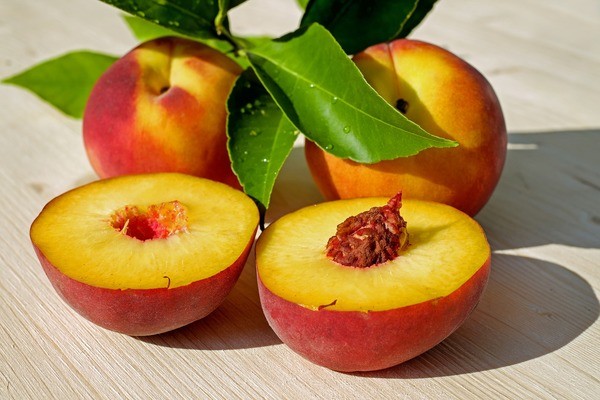
Try making your one to two cups of fruit your dessert. Fruit is an excellent source of vitamins and antioxidants. Chewing fools your brain into telling your body it is full and the fiber in fruit increases feelings of being full.
Fruit juice doesn’t count! It is often mostly sugar and contains no fiber. You’ll eat a lot more than your serving of fruit if you choose to drink juice instead.
Dairy
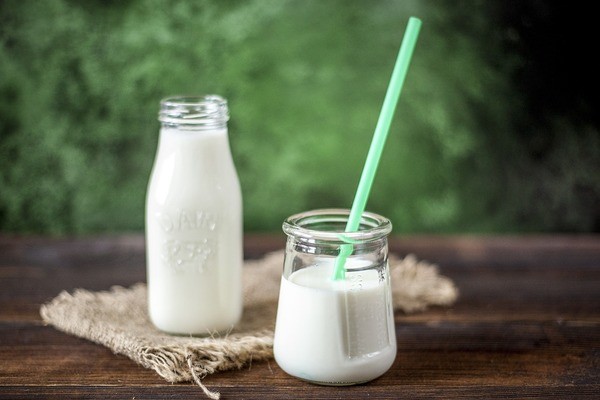
If you can eat dairy food, try for three cups a day. Regular Greek yogurt and milk are excellent sources of protein and calcium.
If you are not able or willing to eat dairy products, try for calcium-fortified cereals, whole grain breads, canned fish (sardines, salmon with bones), collard and turnip greens, kale, and bok choy.
Drink Something Healthy

Drink water or unsweetened tea for your meal. If you like red wine, enjoy a glass with your meal.
There is evidence that anti-oxidants called polyphenols may prevent damage to blood vessels, reduces bad cholesterol, and lowers the risk of heart disease. Scientists are divided on the health effects, but a single glass at dinner probably won’t hurt.
ConclusionFill your plate carefully and with some forethought to eat a balanced meal. Lean protein, whole grains, dairy, and fruits and vegetables are important to keeping you healthy.

